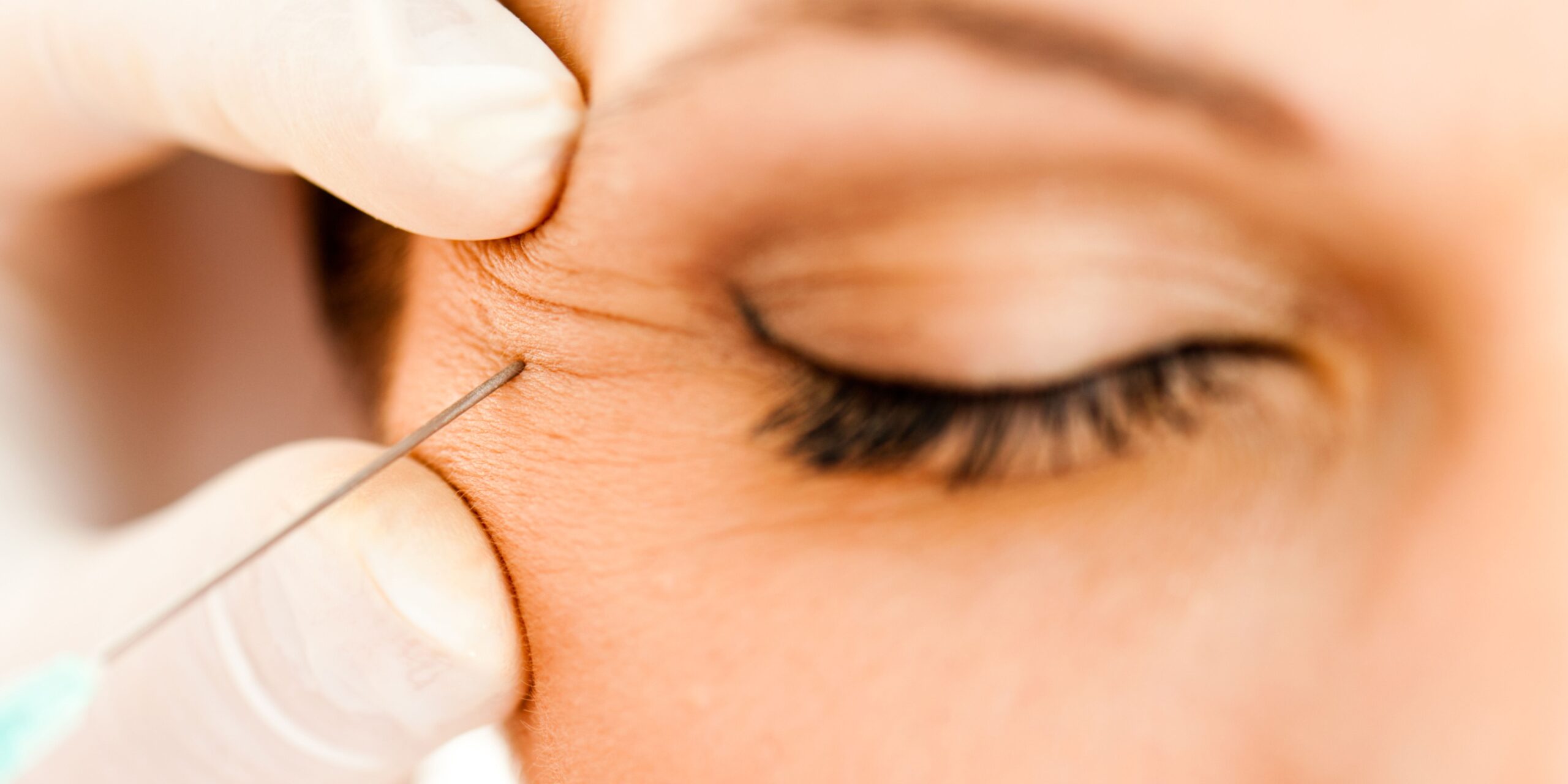If you’ve recently had Botox or are considering the treatment, you may have wondered about the do’s and don’ts following the procedure. One common question that arises is whether it’s safe to go swimming after receiving Botox injections. In this comprehensive guide, we will address the commonly asked question, “Can I swim after Botox?” Get ready to understand the potential risks, and provide expert advice on post-Botox activities.
Understanding Botox: A Brief Overview
Before delving into the specifics of swimming after Botox, let’s briefly understand what Botox is and how it works. Botox, short for Botulinum Toxin Type A, is a neurotoxin that is used in cosmetic procedures to temporarily paralyze muscles. It’s primarily employed to reduce the appearance of wrinkles and fine lines, providing a smoother and more youthful complexion. Botox works by blocking the nerve signals that cause muscle contractions, thereby relaxing the targeted muscles.
Can I Swim After Receiving Botox?
The simple answer to whether you can swim after Botox is yes, but with some important considerations. Your doctor will likely advise against engaging in swimming activities immediately after the procedure. Here’s why:
Risk of Infection
After receiving Botox injections, your skin may have tiny puncture wounds or openings where the injections were administered. These openings create a potential pathway for bacteria to enter, increasing the risk of infection. Swimming in pools, hot tubs, or natural bodies of water exposes you to various microorganisms that can potentially cause infections.
Movement of Botox
Botox takes some time to settle into the injected muscles and provide the desired results. Engaging in activities that involve vigorous movement, such as swimming, can potentially displace the Botox before it has a chance to take full effect. This could lead to uneven or less effective results.
Increased Blood Flow
Physical activities like swimming can increase blood flow throughout your body. While increased blood flow is generally beneficial for healing, it can also potentially disperse the Botox more quickly than desired, reducing its effectiveness.
How Long Should I Wait Before Swimming After Botox?
The recommended waiting period before swimming after Botox can vary among practitioners. However, most experts suggest waiting at least 24 to 48 hours after the procedure before submerging yourself in water. This waiting time allows the tiny puncture wounds created by the injections to heal and reduces the risk of infection or displacement of Botox.
Tips for Swimming After Botox
If you’re eager to enjoy a swim after your Botox treatment, here are some essential tips to ensure a safe and effective experience:
Follow Your Doctor’s Advice
Always follow the specific post-procedure instructions provided by your Botox provider. Your doctor is the best source of guidance tailored to your unique situation.
Wait for the Recommended Time
As mentioned earlier, waiting at least 24 to 48 hours before swimming is advisable. This waiting period allows the Botox to settle and the injection sites to heal.
Choose Chlorine-Treated Pools
If you opt for swimming, consider choosing pools treated with chlorine. Chlorine is a disinfectant that can help reduce the risk of infection compared to natural bodies of water, such as lakes or rivers.
Avoid Submerging Your Face
To minimize the risk of infection and displacement, avoid submerging your face in the water. Keep your head above the surface, or use a swimming cap to protect the treated areas.
Apply Sunscreen
Protect your skin, especially the treated areas, from harmful UV rays. Apply sunscreen with adequate SPF to shield your skin from potential damage while swimming outdoors.
Be Gentle
While swimming, be mindful of your movements. Avoid strenuous or overly vigorous activities that could increase blood flow and potentially affect the results of your Botox treatment.
Other Post-Botox Considerations
In addition to swimming, there are several other activities and precautions to keep in mind after Botox:
Avoid Excessive Heat:
Hot tubs, saunas, and steam rooms should be avoided for at least 24 hours after Botox to prevent excessive sweating, which could affect Botox’s efficacy.
Minimize Alcohol Consumption:
Limit alcohol consumption for the first 24 hours following your Botox treatment. Alcohol can dilate blood vessels and increase the risk of bruising.
Stay Upright:
After the procedure, remain upright for a few hours and avoid lying down to prevent the Botox from migrating to unintended areas.
No Facial Treatments:
Steer clear of facials, massages, or other facial treatments for a few days after Botox to prevent the accidental displacement of Botox.
In summary, swimming after Botox is possible, but it’s essential to exercise caution and follow your doctor’s recommendations. Waiting at least 24 to 48 hours after the procedure is advisable to reduce the risk of infection and ensure the best results. When you do decide to take a dip, opt for chlorinated pools, protect your face, and be mindful of your movements.
Ultimately, the decision to swim after Botox should be based on your comfort level and adherence to post-procedure care instructions. By taking these precautions and listening to your healthcare provider, you can enjoy the benefits of Botox while safely enjoying your favorite water activities.
Remember that individual experiences may vary, so it’s crucial to consult with your Botox provider for personalized advice on post-treatment activities and care.

